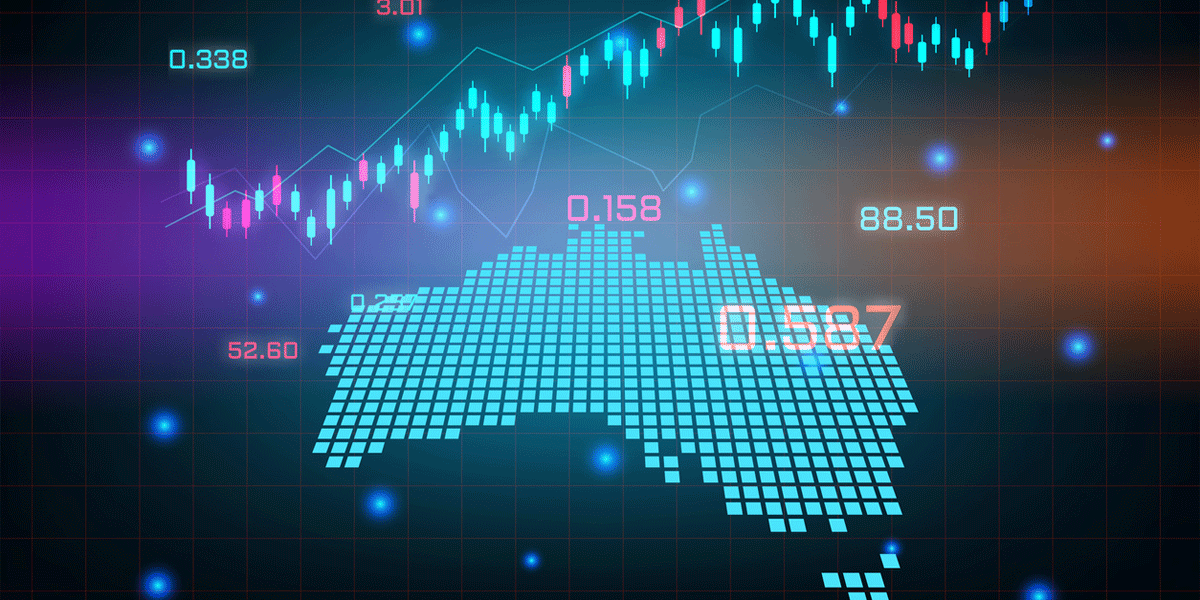Download the PDF

This week saw the release of Australia’s June quarter National Accounts, a detailed report card of the state of the economy. We examine the key takeaways below, remembering that we are really looking in the rear-view mirror at what happened several months ago.
Question 1. What did we learn from the National Accounts about the state of the Australian economy?
The economy continued to slow in line with QIC forecasts and looks to be treading the narrow path towards a soft landing. Real GDP grew by 0.4% in the June quarter, in line with Bloomberg expectations, with the annual rate of growth slowing from 2.4% to 2.1%. While this rate of growth is below trend for the economy, it is hardly recessionary. Growth in the quarter was underpinned by public final demand, especially public investment which grew by 8.2%. With a long pipeline of work to be completed over coming years, government investment is likely to continue to provide a tailwind to the economy.
Question 2. Outside the government, what other bright spots were there?
A strong recovery in services exports, including tourism and education, highlighted that the economy continues to normalise in the post-Covid period. Services exports grew by 12.1% in the June quarter, with volumes now almost back to pre-Covid levels. Tourism and education exports were particularly hard hit by border closures in 2020, and the recovery had been slower than other parts of the economy. Since June last year, travel exports have doubled but remain around 10% below pre-Covid levels. The re-opening of the Chinese economy has boosted growth this year, while the weak Australian dollar is attracting tourists from a broader number of destinations. An influx of international students has seen education exports exceed their pre-Covid levels for the first time in June.
Question 3. What are the not-so-bright spots?
As expected, consumer spending was weak in the June quarter, rising by just 0.1% q/q and by 1.5% over the year. Real disposable incomes fell by 0.2% in the quarter and by 3.0% over the year as the combination of higher interest payments, rising tax payments from bracket creep and high inflation weigh on real incomes. Not surprisingly, the weakness in incomes is weighing disproportionately on discretionary consumption, which fell 0.5% and has now contracted for 3 consecutive quarters.
With incomes declining and spending growing, the saving rate fell further to 3.2%, its lowest level in 15 years. This is hardly a surprise, given that households tend to smooth consumption in the face of income shocks by running down savings. While saving out of current income remains low, households still have a relatively large buffer of excess savings built up during Covid. Interestingly, spending on motor vehicles rose by 5.8% in the quarter as bottlenecks in customs processing eased, suggesting that despite the headlines on the cost-of-living crisis, some households are comfortable enough to spend some of those excess savings on big-ticket items.
Looking ahead, the good news is that we estimate that the worst of the declines in real incomes are behind us, and while growth is not expected to be stellar in the near term, it at least reduces the need for households to run down savings rates further in order to consume.
Question 4. Labour productivity has been cyclically weak. Was there any improvement in the June quarter?
With the economy growing by a below trend rate of 0.4% in the quarter, and hours worked increasing by 2.4%, measured labour productivity fell by 2.0% in the quarter. The annual rate of productivity growth is -3.6%, well below secular trend rates of just over 1% pa. As a result, nominal unit labour costs, a measure of the cost of producing a unit of output, are growing at 7.5% pa, a rate which is inconsistent with the RBA’s inflation target.
Question 5. What does it mean for the RBA?
The RBA will take comfort that the economy is slowing at a measured Goldilocks pace: one that is not too hot and not too cold. There are signs that the 4 percentage points of rate hikes between May’22 and June’23 are having the desired effect on reducing demand, and indicators of inflation are slowing.
This week, in Phil Lowe’s last monetary policy meeting as Governor, the RBA chose to keep rates on hold at 4.10%, despite forecasts that above-target inflation rates will persist until the second half of 2025. Any data that potentially pushes out the timing of the return of inflation towards target until 2026 would surely make the incoming RBA Governor uncomfortable. Without evidence of a recovery in productivity and moderating unit labour costs, the RBA will be forced to retain its tightening bias, keeping the door open to rates moving higher. Despite the satisfactory effort on this week’s report card, a data-dependent RBA will be looking towards next week’s labour market release for signs of a further gradual cooling in conditions to be confident inflation will continue to ease.

